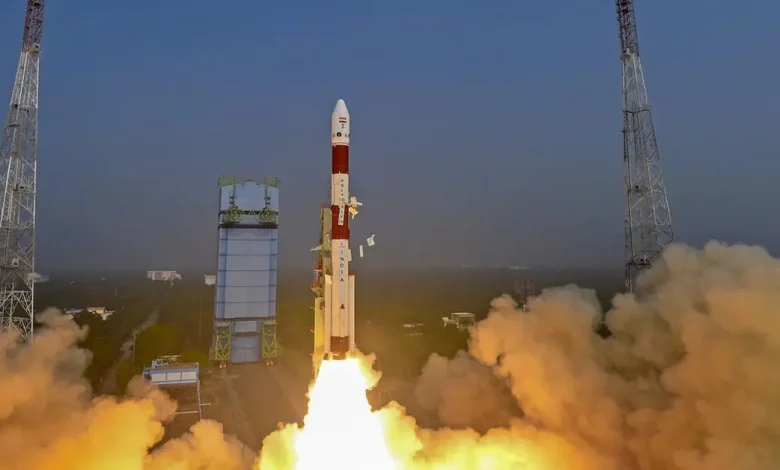
Context: The Green Propulsion System, which was created as a part of the Technology Development Fund by the DRDO, has been able to show its effectiveness in space on a payload launched by the PSLV C-58 mission.
Details:
- The Technology Development Fund (TDF) is a program led by the Ministry of Defence and implemented by DRDO as part of the ‘Make in India’ initiative.
- Its aim is to support innovation in defence and aerospace, particularly for start-ups and MSMEs.
- Propulsion technology refers to the ability to move an object forward, and a propulsion system is a machine that generates thrust to propel an object.
- In aviation, thrust is typically created by applying Newton’s third law of action and reaction.
Technology Development Fund (TDF):
- The Technology Development Fund (TDF) is a key initiative led by the Ministry of Defence and supported by DRDO, aimed at promoting innovation in defence and aerospace industries.
- It specifically aims to assist start-ups and small to medium-sized enterprises in these sectors.
- The recent achievement of the Green Propulsion System demonstrates the positive impact of such initiatives in driving technological progress in space defence.
ISRO’s Green Propulsion Technology:
- In 2018, ISRO started researching on green propellants and non-toxic substances for rockets.
- This is its area, where they have made several strides such as producing an environmentally friendly solid propellant, which utilises a Glycidyl Azide Polymer as the fuel and Ammonium DiNitramide as the oxidizer.
- They have also tried some propellants of different combinations of greens such as kerosene, Hydrogen Peroxide, Liquid Oxygen AND-Glycerol-water, AND-Methanol-water.
- ISRO has commenced propulsion engine testing utilising monadic Liquid Oxygen and Liquid Hydrogen and the introduction of an ISORENE rocket – grade kerosene.
- They were also shown to fire an Electric Propulsion stage, which provides more efficiency and control.
Uses of Propulsion Systems in Satellites:
- Chemical propulsion is commonly used during launch to put satellites into their desired orbits.
- Electric propulsion systems help satellites stay in their positions in geostationary or other orbits.
- Propulsion systems also allow satellites to change their orbits to avoid collisions with space debris or other satellites.
- Satellites use propulsion systems to deorbit and perform end-of-life manoeuvres to reduce space debris.
- The application of Newton’s third law is used to achieve propulsion in rockets and aeroplanes, where a working fluid or gas is accelerated by the engine to provide the necessary thrust for movement.
Conclusion:
Propulsion systems play a crucial role in satellite missions by enabling accurate movements and prolonging their effectiveness. As technology progresses, the satellite industry is continually searching for inventive propulsion options to meet the increasing needs of space exploration, satellite communications, and Earth observation.
Source: The Hindu





.png)



